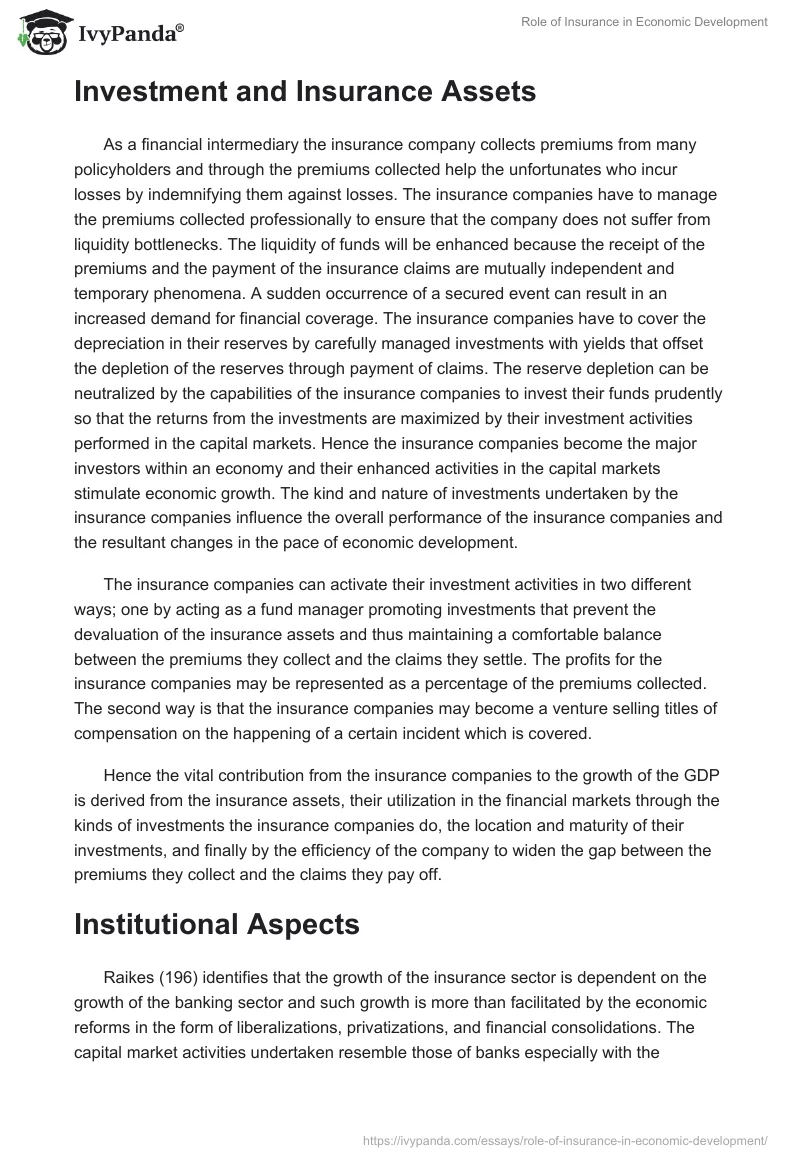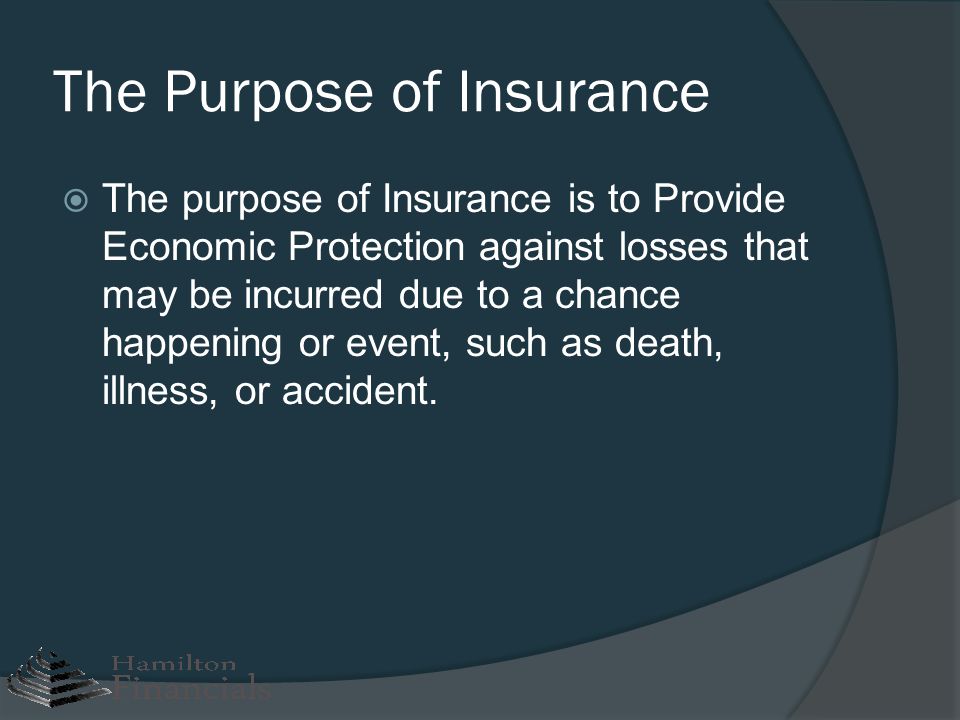An Unbiased View of Pacific Prime
An Unbiased View of Pacific Prime
Blog Article
Our Pacific Prime Statements
Table of ContentsWhat Does Pacific Prime Do?Pacific Prime - An OverviewThe 5-Minute Rule for Pacific PrimeThe 2-Minute Rule for Pacific PrimeThe Only Guide for Pacific Prime

This is because the data were collected for a period of solid financial performance. Of the approximated 42 million people that were uninsured, almost concerning 420,000 (about 1 percent) were under 65 years old, the age at which most Americans come to be eligible for Medicare; 32 million were adults in between ages 18 and 65, around 19 percent of all grownups in this age; and 10 million were children under 18 years old, concerning 13.9 percent of all children (Mills, 2000).
These quotes of the variety of individuals uninsured are created from the annual March Supplement to the Present Population Study (CPS), conducted by the Census Bureau. Unless otherwise noted, national estimates of individuals without medical insurance and proportions of the population with various sort of insurance coverage are based upon the CPS, the most widely utilized source of price quotes of insurance policy coverage and uninsurance prices.
9 Easy Facts About Pacific Prime Described

Still, the CPS is especially helpful because it produces annual price quotes fairly rapidly, reporting the previous year's insurance policy coverage approximates each September, and because it is the basis for a regular collection of estimates for greater than two decades, enabling analysis of patterns in coverage with time. For these factors, along with the extensive usage of the CPS in other studies of insurance coverage that exist in this report, we depend on CPS price quotes, with constraints kept in mind.

The quote of the number of uninsured individuals broadens when a populace's insurance policy standing is tracked for numerous years. Over a three-year period starting early in 1993, 72 million individuals, 29 percent of the U.S. https://justpaste.it/f0gjl. populace, lacked protection for a minimum of one month. Within a solitary year (1994 ), 53 million individuals experienced at least a month without insurance coverage (Bennefield, 1998a)
6 out of every ten without insurance adults are themselves used. Although functioning does improve the likelihood that and one's household participants will have insurance policy, it is not an assurance. Even members of households with 2 full time breadwinner have virtually a one-in-ten possibility of being without insurance (9.1 percent uninsured price) (Hoffman and Pohl, 2000).
Some Ideas on Pacific Prime You Need To Know
New immigrants represent a considerable percentage of individuals without health insurance coverage. One analysis has associated a substantial section of the current development in the size of the united state without insurance population to immigrants who showed up in the country between 1994 and 1998 (Camarota and Edwards, 2000). Recent immigrants (those that concerned the United States within the past 4 years) do have a high rate of being without insurance (46 percent), yet they and their children account for just 6 percent of those without insurance coverage across the country (Holahan et al., 2001).
The partnership in between health insurance and access to care is well established, as documented later in this chapter. Although the connection in between medical insurance and health outcomes is neither direct nor basic, an extensive medical and health services research literature web links medical insurance protection to improved accessibility to care, much better high quality, and improved individual and population health status.
Degrees of analysis for checking out the impacts of uninsurance. It concentrates specifically on those without any kind of health insurance for any type of length of time.
The 2-Minute Rule for Pacific Prime
The issues faced by the underinsured remain in some respects comparable to those encountered by the uninsured, although they are normally less severe. international travel insurance. Uninsurance and underinsurance, nonetheless, include clearly various policy issues, and the methods for resolving them might vary. Throughout this study and the 5 records to comply with, the primary focus gets on persons with no medical insurance and thus no assistance in paying for health treatment past what browse around this site is available via charity and safety and security web organizations
Medical insurance is a powerful element influencing invoice of care due to the fact that both clients and doctors react to the out-of-pocket cost of services - https://www.pageorama.com/?p=pacificpr1me. Medical insurance, however, is neither essential neither sufficient to get to clinical solutions. Nevertheless, the independent and direct impact of health and wellness insurance protection on accessibility to health and wellness services is well established.
Others will obtain the wellness care they require even without medical insurance, by spending for it out of pocket or seeking it from carriers who provide treatment cost-free or at very subsidized prices. For still others, health insurance policy alone does not make sure receipt of treatment due to other nonfinancial obstacles, such as a lack of health and wellness treatment suppliers in their community, restricted accessibility to transportation, illiteracy, or etymological and social distinctions.
The smart Trick of Pacific Prime That Nobody is Talking About
Official study regarding uninsured populations in the United States dates to the late 1920s and early 1930s when the Committee on the Expense of Medical Treatment produced a series of records regarding financing medical professional workplace check outs and hospital stays. This problem came to be salient as the numbers of medically indigent climbed up throughout the Great Depression.
Report this page